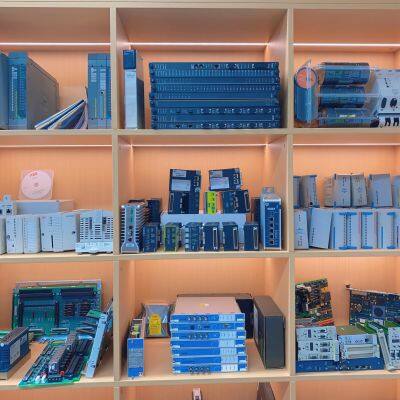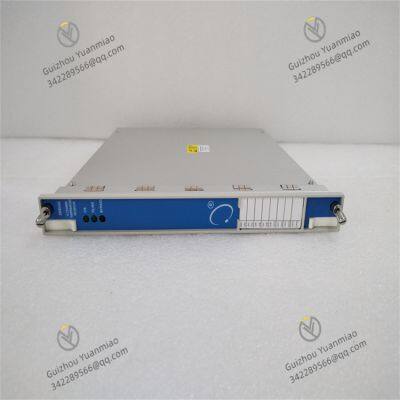Home > Products > Bently Nevada > Bently 3500/65 Temperature Monitor
Bently 3500/65 Temperature Monitor
- guizhou
- T/T Other
You May Like
Product Details
| Material | Other, Global universal model | Condition | Other, Global universal model | |
| Task | Other, Global universal model | Mathematical Model | Other, Global universal model | |
| Signal | Other, Global universal model | Customized | Non-Customized | |
| Structure | Other, Global universal model | Operating Temperature | -10℃ to 50℃ | |
| Relative Humidity | 5% - 95% (non-condensing) | Storage Temperature | -40℃~85℃ |
Product Description
I. Overview
II. Technical Specifications
1. Display and Data Processing Parameters
2. Alarm and Interlock Parameters
3. System Configuration and Communication Parameters
4. Environmental and Reliability Parameters
III. Functional Characteristics
1. Integrated Visualization of Multiple Parameters for Clear Data Overview
2. Hierarchical Alarms and Rapid Interlocking to Ensure Equipment Safety
3. Convenient Configuration and Maintenance to Reduce Operation Costs
Company Profile

Main products: Covering globally renowned brands: Bently Nevada, Triconex, Woodward, Foxboro, Westinghouse, Reliance, Schneider Modicon, ABB, AB (Allen-Bradley), Motorola, GE Fanuc, Yaskawa, Bosch Rexroth Rexroth, ACSO, YOKOGAWA, Rexroth, NI, ICS Triplex, Kollmorgen, Mitsubishi, MOOG, Emerson, B&R B&r, SST, ALSTOM, KUKA EPRO, LAM HIMA dark Horse, HONEYWELL, prosoft, AMAT, SIEMENS, etc. The product categories include: DCS system accessories, robot system spare parts, large servo system spare parts, etc., which are widely used in power, chemical, metallurgy, intelligent manufacturing and other fields.
Contact Us

- Guizhou Yuanmiao Automation Equipment Co., Ltd.
- Contact nameyezi Chat Now
- AddressXixiu District, Anshun, Guizhou
Product Categories
New Products
-
Honeywell CC-PUIO01 24-Point Universal Input/Output (I/O) Module
-
Honeywell 51454205-175 Universal I/O Module
-
ABB 3BHE023784R1023 Controller Module
-
GE IC8008SI228RD2-EE Safety Input Module
-
GE IS220PDIAH1A Discrete Contact Input Terminal Board
-
GE DS200DCFBG2BNC MRP420024 Power Supply Board
-
Bently 330130-040-01-CN 3300 XL Extension Cable
-
Bently 330104-05-11-10-02-CN Proximity Transducer Systems
-
Bently 330103-00-12-10-02-CN Proximity Transducer Systems
-
Bently 330104-11-22-10-02-CN Proximity Transducer Systems
-
Bently 330130-045-02-05 Extension Cable
-
EMERSON FLOBOSS S600+ Flow Computer
Find Similar Products By Category
- Electrical & Electronics > Electrical Control System
- Please Enter your Email Address
- Please enter the content for your inquiry.
We will find the most reliable suppliers for you according to your description.
Send Now-
 yezi
Hi there! Welcome to my shop. Let me know if you have any questions.
yezi
Hi there! Welcome to my shop. Let me know if you have any questions.
Your message has exceeded the limit.

- Contact supplier for lowest price
- Customized Request
- Request Sample
- Request Free Catalogs
Your message has exceeded the limit.
-
Purchase Quantity
-
*Sourcing Details
Your inquiry content must be between 10 to 5000 characters.
-
*Email
Please enter Your valid email address.
-
Mobile





